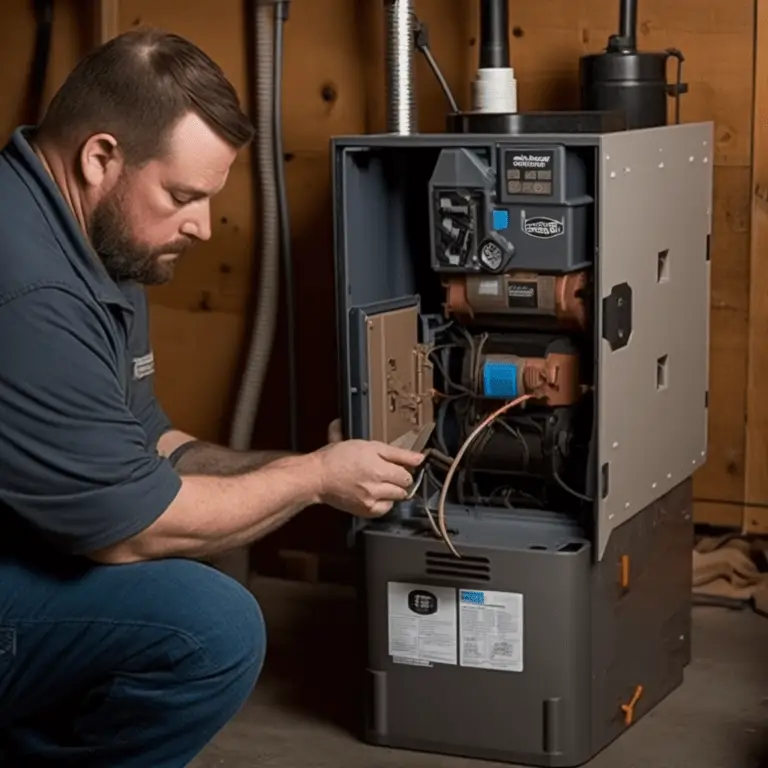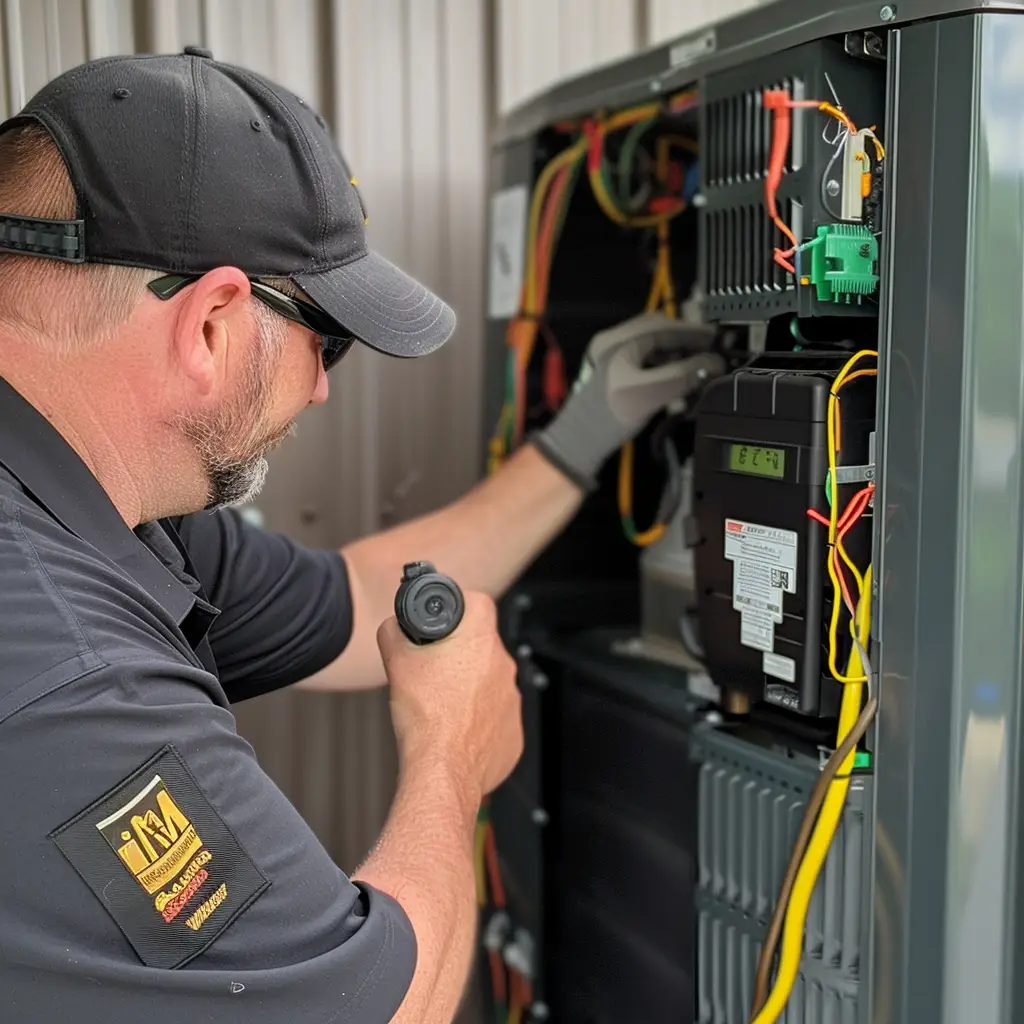Humidity is an important aspect of indoor comfort. It’s no secret that excessive humidity can cause mold growth and property damage, while low humidity can cause health problems, particularly for people with allergies and respiratory problems. This is why it’s essential to monitor and control indoor humidity levels, and this is where a humidistat comes into play.
What is a Humidistat?
A humidistat is a device that measures the relative humidity (RH) of the air and turns on or off the humidifier or dehumidifier to maintain a specific humidity level. It’s similar to a thermostat, which turns the heating or cooling system on or off to maintain a certain temperature.
Types of Humidistats
Humidistats can be stand-alone devices, or they can be built into HVAC systems, thermostats, and other environmental control systems. They can also be analog or digital, and some models have additional features, such as temperature sensors, timers, and programming options.
How Does a Humidistat Work?
At its core, a furnace humidistat works by measuring the RH of the air using a sensing element, such as a metal film or a synthetic polymer. The sensing element absorbs moisture from the air, causing it to expand or contract, which changes its electrical resistance or capacitance. The change in resistance or capacitance is then converted into a proportional electrical signal, which is processed by the humidistat’s control circuitry.
The control circuitry compares the RH signal to the desired set point and turns the humidifier or dehumidifier on or off accordingly. If the RH is too high, the humidifier turns on to add moisture to the air, and if the RH is too low, the dehumidifier turns on to remove moisture from the air. Once the desired RH is reached, the humidifier or dehumidifier turns off until the RH deviates from the set point again.
Advantages of Using a Humidistat
Humidistats are particularly useful in areas with fluctuating humidity levels, such as bathrooms, kitchens, and basements. In these areas, a humidistat can ensure that the humidity stays within a healthy and comfortable range, preventing mold growth, musty odors, and moisture-related damage.
In addition to improving indoor comfort, controlling indoor humidity with a humidistat can also help reduce energy costs. This is because high humidity levels can make the air feel warmer than it actually is, leading to increased use of air conditioning, while low humidity levels can make the air feel cooler, leading to increased use of heating. By maintaining a consistent humidity level, a humidistat can help reduce the load on HVAC systems and save energy.
Factors to Consider when Choosing a Humidistat
When selecting a humidistat, there are several factors to consider. The first is the type of humidifier or dehumidifier you have, as different models may require specific types of humidistats. The second is the range of humidity levels that the humidistat can measure and control. The third is the location of the humidistat, as different areas of a building may require different humidity levels.
In conclusion, a humidistat is an essential tool for maintaining indoor comfort and preventing mold growth and other moisture-related damage. By measuring and controlling the relative humidity of the air, a humidistat can ensure that the humidity stays within a healthy and comfortable range. This not only improves indoor comfort but can also help reduce energy costs.
If you want to learn more about how to set your humidistat, watch this video by Home-Tech below:
Frequently Asked Questions About Humidistats
Where are humidistats used?
Humidistats are used in homes and buildings to monitor and control indoor humidity levels. They are commonly found in humidifiers, dehumidifiers, and HVAC systems.
How does a humidistat work in winter?
In the winter, a humidistat is typically used in conjunction with a humidifier. The humidistat measures the humidity level in the air and signals the humidifier to turn on when the air is too dry. The humidifier adds moisture to the air, which is then distributed throughout the home via the HVAC system.
Are humidistats necessary?
While not strictly necessary, humidistats can be a valuable tool for maintaining indoor comfort and health. Proper humidity levels can reduce the risk of respiratory problems, prevent damage to furniture and other household items, and improve overall comfort.
Should I turn my humidistat off in the summer?
In the summer, when the air is naturally more humid, you may not need to use a humidistat. However, if you have a humidifier attached to your HVAC system, it's recommended to turn the humidistat off or adjust the humidity level to avoid over-humidifying your home.
What is the best setting for humidistat?
The best setting for a humidistat depends on a variety of factors, including the size of your home, the outdoor temperature, and the level of insulation in your home. Generally, it's recommended to keep indoor humidity levels between 30% and 50%.
What is the ideal humidistat setting?
The ideal humidistat setting depends on individual preferences and the climate in which you live. However, a range of 45% to 50% is generally considered optimal for indoor comfort and health. In very cold or dry climates, you may need to set the humidistat higher to maintain a comfortable indoor environment.





